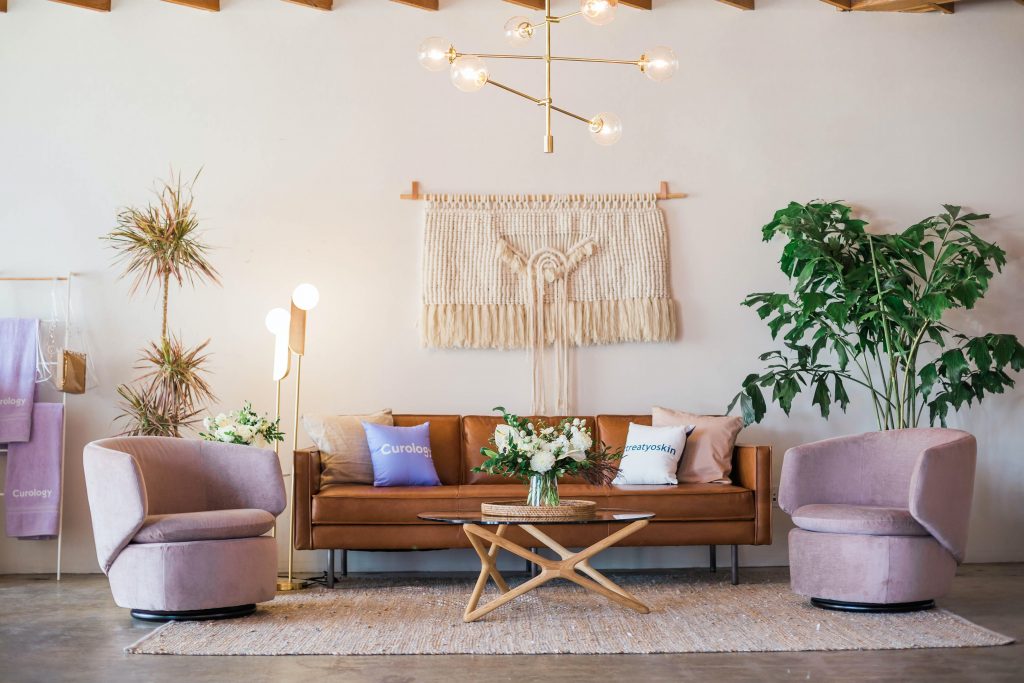Being aware of the latest developments and trends is essential for an interior designer so that your clients’ requests don’t catch you off guard.
In the last decade, the interior design industry has seen many styles come and go that have lived their own moment of glory, but were not convincing enough to establish a long-term presence.
But this is not the case for the style that today the GoPillar Academy editorial team wishes to present to the world.
Japandi style: what exactly is it?



If you’re just a little bit curious, and spend some time on Pinterest looking for inspiration for your projects, you’ve surely stumbled upon a style very similar to Boho Style (with that free-spirited aesthetic that mixes different organic and natural elements), but with a character that seems to merge the warmth of Japanese style with the naturalness and simplicity that characterizes Scandinavian design.
Indeed, this is the Japandi style.
The perfect combination between the Japanese style and philosophy and the Scandinavian style (JAP = japanese / ANDI = scandinavian). This style has inspired the latest generations, who more and more often feel the need to respect the environment in which they spend most of their time, freeing their homes from useless materials and objects and turning them into a clean and minimalist space.
But we don’t want to make any more spoilers, let’s get to the point!
Japandi style: Essential characteristics
This Japanese-Scandinavian fusion is a style that seeks perfection within imperfection. Natural elements should predominate in houses decorated with this style, which – together with the palettes of neutral tones and organic textures such as linen – create a sense of comfort.
But this is not all, to make sure that a house transmits, in addition to a certain tranquility, also a sense of minimalism, it is necessary to play with clean lines and the functionality of the spaces. This is the only way to get our feng shui in the purest Scandinavian style.
Estilo Japandi: 5 essential keys
Every home is the center of our well-being. And as society has become more aware of this, the Japandi style has gained popularity and has presented itself in our lives as the “savior” style when it comes to interior design. In order to turn a house into a temple of calm, order and also fun, we have to embrace new elements and abandon old habits that were fine just a few years ago, but no longer fulfill their initial functions.
Let’s take a look at the essential features you will have to understand when your clients call you to start decorating their home in Japandi style.
1. Materials
A characteristic that stands out in all the images when you google Japanese style is the presence of natural materials.
Some examples include wooden furniture with light tones and little brightness, decorative elements such as bowls or seats made with natural materials such as linen or the use of the kintsugi technique (repairing broken ceramic pieces with gold).
Try to always stay in brown tones and hues such as sand and beige, or try to venture with slightly more muted tones.
2. Indoor Plants
Indoor plants bring multiple benefits to our home.
Thanks to their properties, they purify the air and absorb polluting gasses. Although, we can also use them as a key decorative element to turn a simple space into an oasis with a minimalist and fresher essence.
But watch out! The Japandi Style is not a friend of colorful flowers. Always choose plants such as ficus, vines, Brazil sticks or similar.
If your clients are fans of Japanese culture, then we recommend that you add a touch of personality to the space with some Japanese floral arrangements following the ikebana technique.
3. Furniture
Small and low-height furniture is perfect to follow the standards set by the oriental culture.
As in the case of materials, the furniture should stand out for its rustic tones and imperfect finishes, while creating a perfect clean and symmetrical line.
If after having put these tips into practice, your clients feel that the room looks too neutral or impersonal, try creating contrasts following the same color palette to give a sense of depth.
4. Lighting
Naturally, the warmth or brightness of the lamps is something very subjective, but, after consulting with our team of experts, we objectively advise you to use two types of lamps:
- The first type of lighting is close to the lines of Japanese style: paper ceiling lamps.
- On the contrary, the second is a much more Nordic-style lighting: transparent glass lamps to be placed above rustic furniture.
5. Amplitude
Try not to obstruct the spaces. It is important to be able to delimit the various areas of the house without running into obstacles such as furniture or armchairs placed in the middle of the path to move from one room to another, or from one part of the living room to another. But also try to avoid visual obstacles that interrupt the cleanliness and simplicity of the space.
The fluidity of spaces is a very important philosophy in Scandinavian countries, but especially in Japan (I’m sure you’ve heard of feng shui).
Try to keep the whole house in order. If, for example, you are decorating a large living room, and you have the feeling that mixing the dining space with the resting area does not leave room for fluidity, you can think about placing screens or paper dividers that create privacy without obstructing the passage or view.
These are the 5 main characteristics that you have to follow when remodeling a house and turning it into a 100% Japandi style.
We hope you enjoyed learning about the characteristics of Japandi Style. Follow us on social networks, so you don’t miss the latest news in the industry!
